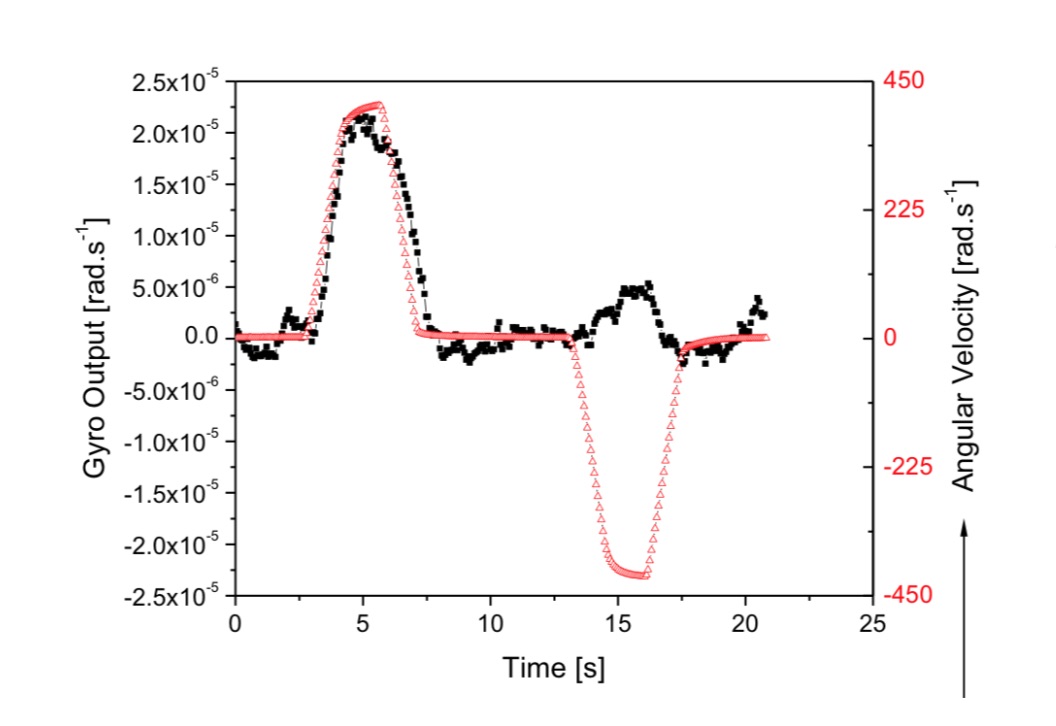This evening Dr. Hauser gave his talk at the AIAA (The American Institute of Aeronautics and Astronautics) 48th Joint Propulsion Conference & Exhibit in Atlanta. The AIAA is the world’s largest technical society dedicated to the global aerospace profession.
Dr. Hauser’s topic for presentation was his new paper, “On the Reality of Gravity-Like Fields”, which continues his work and that of Dr. Droescher on Extended Heim Theory. This particular presentation made a bold effort to explain how EHT can be a theoretical model for MOND (Modified Newtonian Dynamics) by employing EHT’s prediction of 2 additional fundamental interactions related to gravitation.
He begins by reviewing a set of eleven experiments and/or astrophysical observations. He believes they clearly provide substantial evidence for novel physical concepts to exist that are outside relativity and which require novel types of fields beyond the standard model. He also provides a critique of Dr. Tajmar’s most recent experimental studies that produced null results, saying that the difficulty seems to be with the noise level of the gyroscope and lack of maintaining a sufficiently low ambient temperature field rather than the non-existence of gravitomagnetic fields.
This non-mathematical paper describes how gravitophotons and quintessence particles and their antiparticles can account for the presence of dark matter in the galactic halo and the measurement known as “MOND acceleration.” By solving for the gravitational accelerations for visible and dark matter inside a galaxy (which are shown to be different), Dr. Hauser obtains the formula for the well known MOND relation and from it derives the correct equation for the orbital speed of stars at a distance large enough from the center of the galaxy.
MOND predictions of galaxy rotation have been the most accurate, producing results notably more accurate than models of dark matter. Lee Smolin and co-workers have tried unsuccessfully to obtain a theoretical basis for MOND from quantum gravity. Smolin’s conclusion is “MOND is a tantalizing mystery, but not one that can be resolved now.” That may change with this presentation by Dr. Hauser.
This breakthrough provides a theoretical basis for the well known observations of dark matter and dark energy that defy standard interpretations of GR and SR, and explains them through interactions of new particles predicted by EHT and the poly-metric tensor approach originally conceived in the 1950s by Burkhard Heim. A more quantitative paper would solidify the propositions in this new direction and we hope that such a paper is already in the works.
This new direction for EHT can not be emphasized enough. EHT now describes a common underlying basis for both the smallest scale interactions of subatomic particles and predictions for the largest scale interactions of dark energy and dark matter on a universe-wide scale.
Dr. Hauser concludes with the prediction of gravity-like fields that might be generated in the laboratory and may serve as the physical basis for establishing a completely novel technology field, termed gravitational engineering. And by inference, “gravity design”, the design discipline described in my book.
